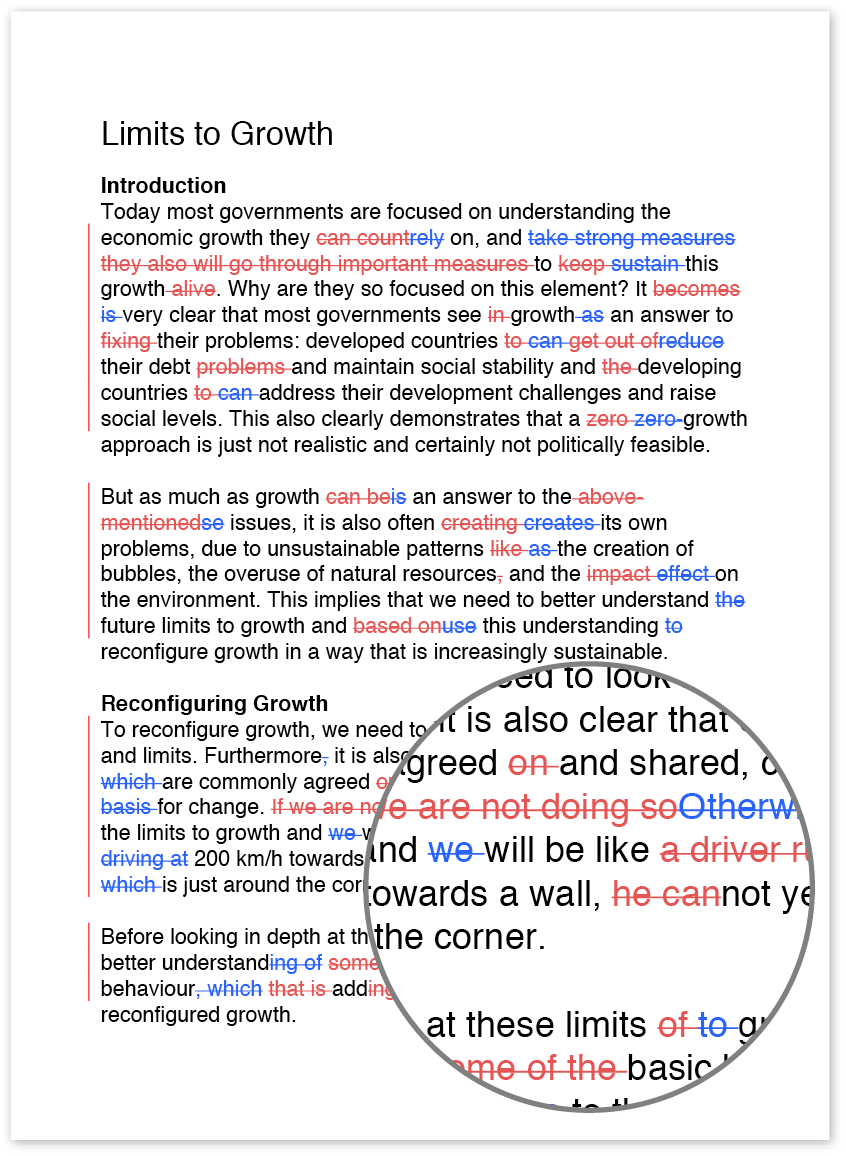Business proposals – writing, templates and formats
It’s exciting when you have a great new product or service and you see an RFP from a company that wants to hire someone providing that same product or service. However, if you haven’t written a successful business proposal before, creating one can be nerve-wracking. Don’t fret, though. It’s easy to create a great proposal by keeping the following tips in mind.
Understand the requirements
If you’re responding to a request for proposals (RFP), it is vital that you carefully study the RFP so you know exactly what you need to do and what information you need to provide. Many companies have specific rules in place for RFPs, including what must be included in the proposal, when it should be submitted, and how it should be submitted. Not following these requirements can mean that your proposal is automatically rejected.
Research the company
Find out as much as you can about the company, including its mission, goals, successes, and failures. You don’t want to submit a proposal that inherently goes against what the company is trying to do or that sounds like a previous product or service that didn’t work.
Develop a framework
After you’ve learned everything you can about the company, think about how your product or service can help them achieve their goals. Go through the RFP and create a list of the points you need to address, then make notes on how your product addresses each point. Think about the project from beginning to end, and create a list of steps that you’ll complete in a successful project. Don’t forget to consider the costs, benefits, and resources necessary to complete the project.
Write your proposal
Some RFPs provide a specific layout that you must follow; if the RFP does, make sure you follow it exactly. If the RFP doesn’t provide a specific layout, follow the guidelines below as you organize your proposal.
Begin your proposal with a problem statement in which you explain your understanding of the client’s needs. Use this section to summarize the issues presented in the RFP and the information you obtained from your research.
Next, describe your company’s goals for the project. Discuss how your product or service can help alleviate or solve the issue presented in the RFP. Remember to address every issue raised in the RFP and to clearly show your product or service meets the company’s needs.
In the next section, provide a detailed description of the steps you’ll take to complete the project, including the costs and resources necessary. In addition, discuss the criteria for success and the evaluation method you’ll use so the company knows exactly how success will be measured.
To conclude your proposal, discuss why your company would be the best choice. Describe your strengths and the benefits the client would see from working with you.
Double check everything
Before you submit your proposal, go over every section again to make sure you haven’t left out any information required in the RFP and to ensure that all your information is clear. Finally, proofread your proposal to make sure you don’t have any grammatical, spelling, punctuation, or formatting errors. It can be helpful to have someone else check over the proposal too if you have time.
By following these steps, you can create a successful business proposal that will help you sign up new clients and provide more services to existing clients.

